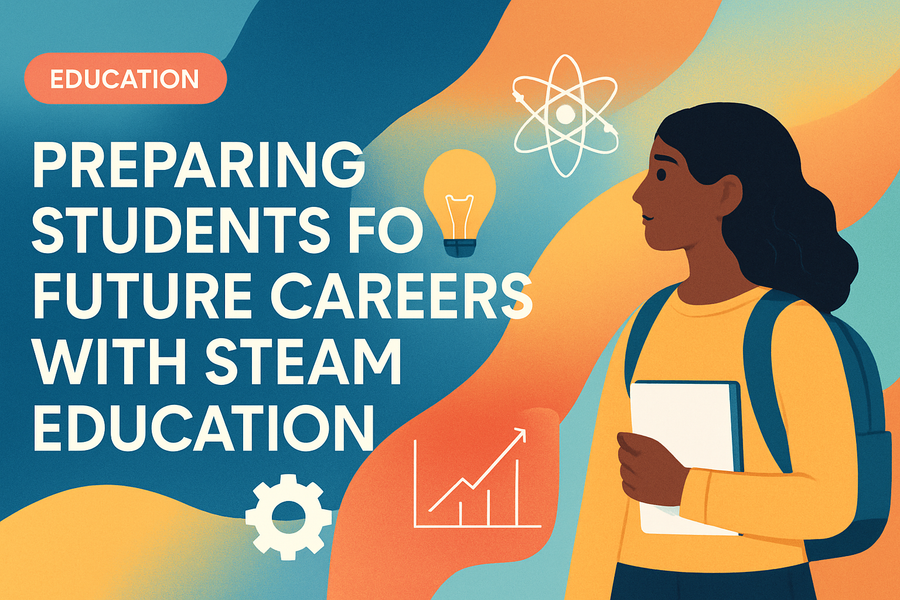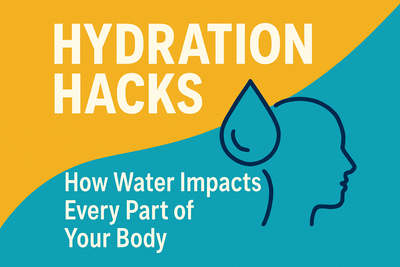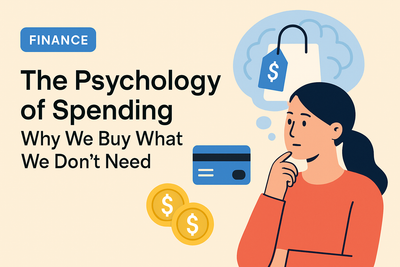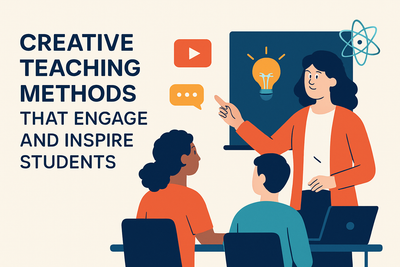
Introduction
In today’s rapidly evolving world, preparing students for the careers of tomorrow requires more than just traditional academic instruction. To thrive in an increasingly technology-driven and interconnected global economy, students must develop a unique set of skills that blends creativity, analytical thinking, and technical knowledge. This is where STEAM education—Science, Technology, Engineering, Arts, and Mathematics—comes into play.
By integrating the arts into STEM disciplines, STEAM fosters innovation, problem-solving, and critical thinking, equipping students to navigate complex real-world challenges. In this blog post, we’ll explore how STEAM education is shaping future-ready learners and why it's essential in today's educational landscape.
Why STEAM Education Matters
Bridging the Skills Gap
Modern employers are seeking candidates who are not only technically proficient but also capable of creative thinking and collaboration. STEAM education addresses this demand by encouraging students to:
- Solve problems creatively
- Communicate effectively
- Work collaboratively across disciplines
- Think critically and adaptively
These are all critical skills that prepare students for dynamic career paths in fields such as AI, robotics, environmental science, product design, healthcare innovation, and more.
Encouraging Innovation and Creativity
Unlike traditional subject silos, STEAM promotes an interdisciplinary approach that mirrors real-world scenarios. For example, designing a sustainable city involves engineering, environmental science, mathematical modeling, technological tools, and artistic vision—all areas unified under the STEAM umbrella. This environment nurtures innovative thinkers who can devise novel solutions to complex issues.
Enhancing Student Engagement
Hands-on, project-based learning—a hallmark of STEAM instruction—keeps students engaged and motivated. Activities like coding robots, creating 3D art installations, or designing eco-friendly products make learning tangible and exciting. When students see the real-world application of what they’re learning, they’re more likely to stay invested in their education.
How Schools Can Implement STEAM Effectively
Integrate Across the Curriculum
Schools can integrate STEAM principles through cross-disciplinary projects that tie together subjects like math and music or science and visual art. This holistic approach encourages students to see connections between different fields and understand the broader context of their work.
Invest in Professional Development
Teachers are at the heart of effective STEAM education. Providing training and resources helps educators feel confident incorporating STEAM strategies into their teaching. Workshops, online courses, and collaborative planning sessions can empower teachers to lead innovative classrooms.
Foster a Maker Culture
Creating a maker-friendly environment—complete with tools like 3D printers, coding kits, and art supplies—encourages experimentation and hands-on exploration. Maker spaces invite students to tinker, build, and test ideas, cultivating a mindset of curiosity and perseverance.
Partner with Industry
Engaging with local industries and professionals provides students with mentorship and real-world insights into STEAM careers. These partnerships can lead to internships, guest speaker events, and collaborative projects that deepen learning and open up career pathways.
Conclusion
STEAM education is more than just a trend—it’s a transformative approach to learning that prepares students for the future. By fostering creativity, collaboration, and critical thinking, STEAM helps students become adaptable, forward-thinking problem solvers ready to take on tomorrow’s challenges. As educators, parents, and policymakers, investing in STEAM education means investing in a generation that will shape the future.
Let’s inspire the innovators of tomorrow—today.





